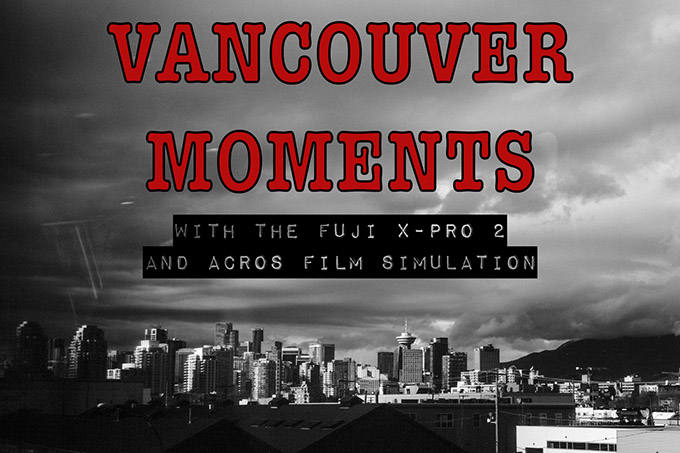
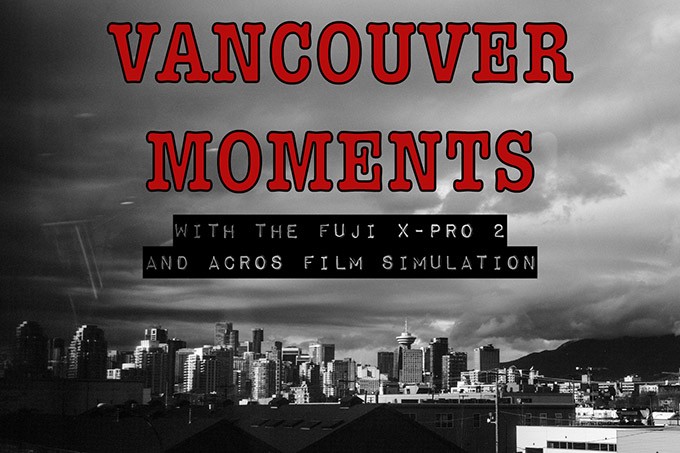
Vancouver Moments with the Fuji X-Pro 2 and ACROS film simulation
By Olaf Sztaba
The mission was simple: take the Fuji X-Pro2 with the XF 35mm F1.4 and head downtown to capture some Vancouver moments using the latest ACROS film simulation from Fuji.
We have already had a chance to experiment with this new film simulation w and we really liked the new ‘weak’ grain effect (there is also the ‘strong’ grain option).
For those of you who would like to read more about the ACROS film simulation and its inner-workings, you can find more information here
www.olafphotoblog.com
www.olafphoto.squarespace.com


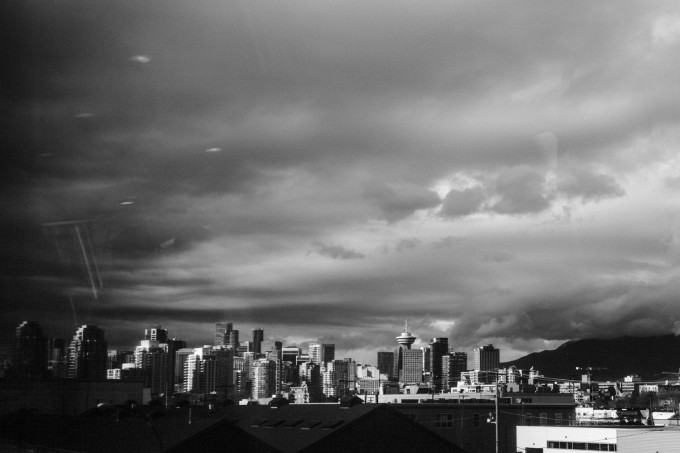
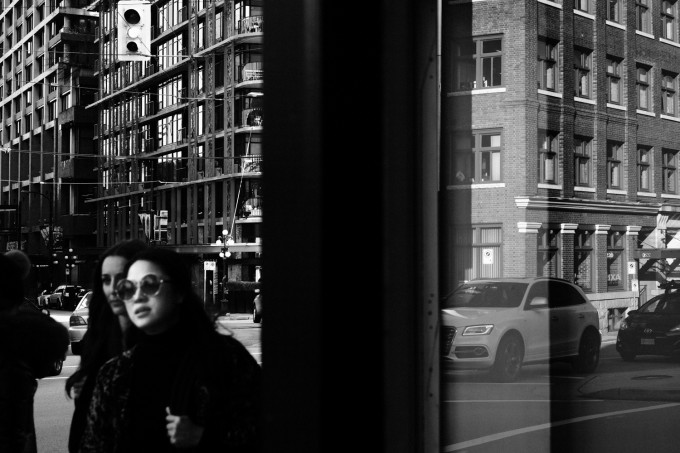
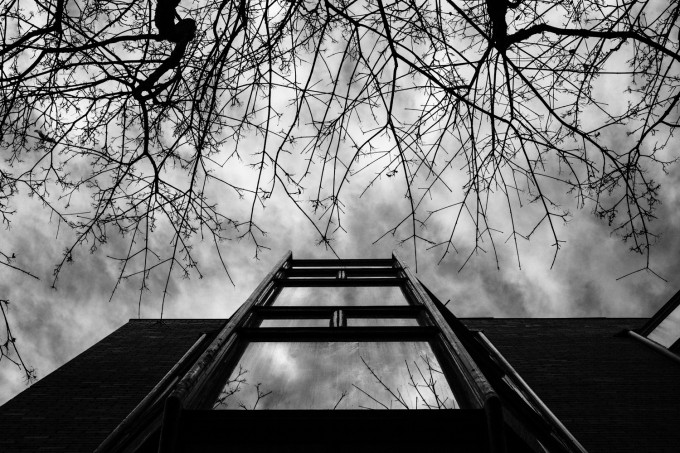

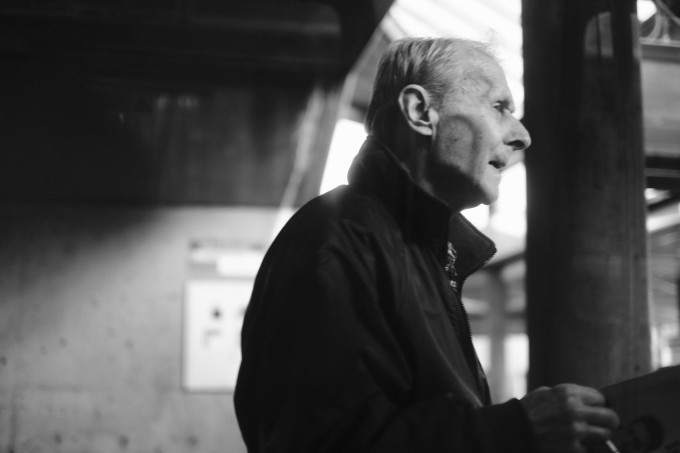
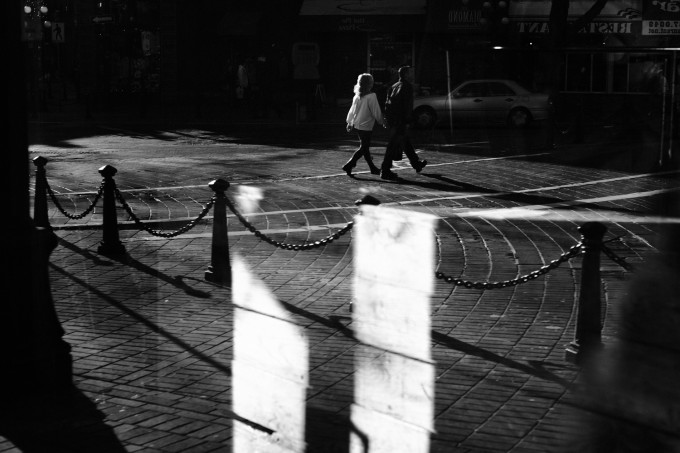
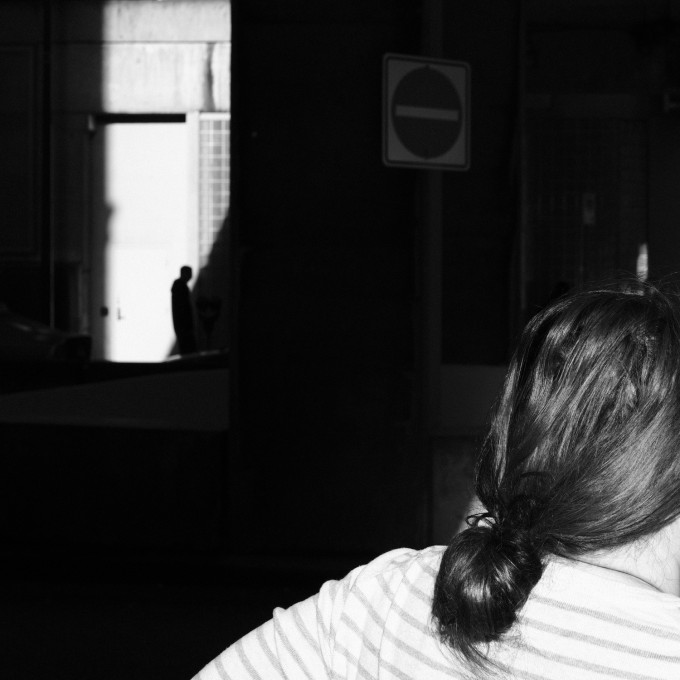
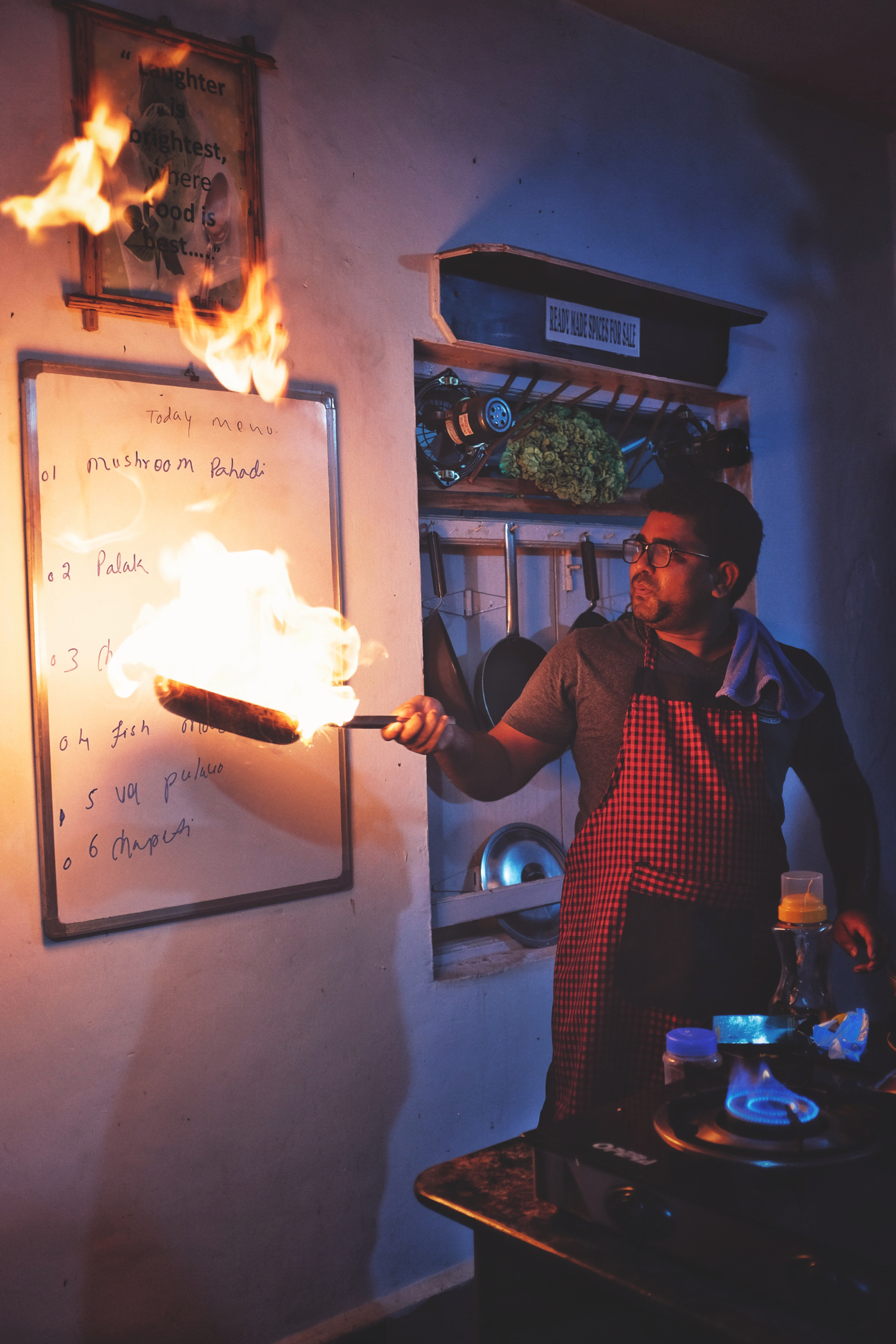

Most of you commenters are parochial and amateurish, completely FOS. If you were told these shots were taken with a Leica you’d be creaming yourselves right now and you wouldn’t notice the difference.
Not true and that tone and name calling is not allowed here. Go to DP review for trash talk. Also, these look nothing like what comes from a Leica, or Sony or other full frame camera. I do not think any would be fooled by that. They look like Fuji files, which do not look like Leica files, in fact, I have shown side by sides in the past to prove this. Thank you. But please keep it respectful here, there is a zero tolerance policy for name calling, attacks and nonsense. Thank you.
Hmmm. Not liking the smoothing effect on the faces. Image 5 is particularly egregious. It reminds me of the worst DNR seen in home video transfers.
I am not shure if Fuiji is doing them a favour to advertise their film modes so much. I owned a Fuji once and it took me quite a while to get the look out of the camera that i was looking for. They should cooperate with Adobe so that LR makes their Images shine. Even if there are lots of other (even better) raw converter available, LR is used by the masses.
Anyway this post was about the acros film setting (which is new for the x-pro 2) and not about IQ in general. The X-pro1 already was able to deliver fantastic IQ when the files were treated right (and if you stood away from LR).
Perhaps I’m in a minority, but I do not like the image quality of these photos. It’s too plasticky for my taste.
I’ve shot over 500 rolls of Acros in the past 5 years. The images in this post, while excellent and wonderful to look at, look NOTHING at all like Acros film. Not even a bit.
I just dont understand why Fujifilm can’t make a film simulation that SIMULATES film!
Their Provia looks nothing like Provia.
Their Velvia looks nothing like Velvia.
Their Astia looks nothing like Astia.
Now add Acros to the list.
Indeed, because the film simulation judgement emperor said so. Or at least they don’t look like how you shot and developed and printed your Acros. And it actually doesn’t really matter, it’s just a setting you can choose, and you’ll find out what it looks like when you choose it.
No matter how these pictures were processed, they look good, nice set!
A very interesting shot | I love the XPRO-1 that I own and this shot let me think about the XPRO-2
I like the off the wall vision of the through the window images. B&W film might have looked even better, but that’s beside the point of this post.
Olaf, I would have liked to read about your user impressions of the X-Pro2; a really interesting camera. Would you spend some lines on that?
Acros is haunting. Amazing really they could pull it off. I for one think it is superb and fully on par with anything I’ve seen in B&W….no matter the tool’s cost/price.
Thank you for posting Olaf. Not flat at all to me.I don’t own an x100s though. 😉
Fairly disappointing IQ and flat as ever. Greetings from a X100s owner.
So do you think for a second that the new XP2 is going to have worse image quality than your x100S?
Why own a camera whose output you find flat?
Excellent compositions, but again I confirm there is some flatness on the X-trans files that I don’t quite like.
Nice images and a nice effect- to be honest I think the best film effects are from using film. I would however have no problem using these and other options now and again.
Thanks for posting.
I don’t really like film simulations, if I want a film look I shoot film and Acros100 is lovely, better looking than these shots, though I’m not criticizing your photography.
Image 6 though, almost totally replicates a shot taken with a low iso film, even including the camera shake, amazing how the X-Pro2 can do that!! (Just joking Olaf).
Nice set, I especially like #6!
Great work – very atmospheric set of stills, and nicely processed. The lil Fuji works wonders in a good set of hands 🙂
Im not a huge fan of “film emulation” on digital … but I still really really like the end result in these pics. Would be keen to see a lot more of these.
Ive been thinking about grabbing one of those new Oly Pen-F things just to do exactly this sort of work (yep – grainy BW film emulation on compact digital), but I will have to have another look at the Fuji as well. These are very cool.
I will always prefer the strange and random mix of real BW film stock … but I also get the convenience thing with digital. They complement each other well, and there is always room in the camera bag for an extra body !!
I do not know why every lens that Fuji makes is not stabilized. Especially the 16-55mm F2.8 $1000 lens. I would take a little larger size for stabilization. I have found that I use Shutter Priority on my unstablized Fuji Cameras & Lenses and set my speed to the slowest of 1/250 or even faster with Auto ISO and Auto Aperture. This cures the blurring for street and kid photos.
Your post sounds like you’re trying to freeze motion, yet you complain about image stabilization. Image stabilization doesn’t work how you think it works.
Whats the difference between Acros and just high contrast black and white in post? Grain effect?
Srg,
The link in the text explains it very well.
http://fujifilm-x.com/en/x-stories/the-newest-film-simulation-acros/
All unsharp and/or blurred (the Fuji has no IBIS).
Sorry, and this is a very far cry from Leica’s Monochrome.
Erwin,
The ‘sharpness’ per se wasn’t the primary objective for the images presented here. In the images where sharpness is desirable (for example 1st image) it looks great to me. it is certainly NOT an “unsharp” image!
Thank you for commenting.
Olaf
Dear Olaf,
sorry, but that 1st picture exactly shows another fundamental mistake of the Fuji:
no touch-screen!
Therefore, the hat is quite sharp, but the nose/face are completely unsharp.
I am sure that this was not the intended effect.
On a touch-screen, any self-respecting photographer would have put his finger on the nose,
and definitely not on some unimportant detail.
Sorry, but blaming the lack of IBIS or a touchscreen for perceived failures in the images is nonsense. Few cameras, in fact, offer those attributes, and not any that are considered fully professional.
The X-Pro2 is more than capable of producing sharp, high-res images [http://bit.ly/1P5F475]. Don’t conflate a stylistic choice to camera capability.
Robert,
Do I find your first impressions of the X-Pro2 on your blog?
Cheers
Michiel
I believe he is trolling you, unless he genuinely believes that lack of IBIS and touch screen are “fundamental mistakes,” in which case his comments should be taken as unintended humor. Anyways, I always love your posts, this one included, though I do believe your landscapes are your stronger work.
I agree with Olaf…not all. Those that weren’t maybe the AF did work kick in in.
Olaf did you find the AF vs past Fuji’s?
I like the first and last in particular. Last one being clever layering of elements in the frame.
It is much faster and responsive. I have never had any problems with the AF but I don’t photograph sports. My photography is ‘slow’ in approach and seeing.
Thank you for your kind comment.
Olaf
I like the Leica`s IBIS.
I forgot to add that four images in this series were shot through a window – for a dreamy/blurry effect.
Agree 🙁
Ha! You sound like my kid, “if it isn’t sharp it’s not a good picture” You need to look at the history of photography.
Oh Erwin Erwin Erwin, what are we going to do with you…..lol….sharpness? Really…. you’re in a PHOTOgraphy forum/site.
koudelka, Bresson…neither enough sharp to Erwin, sad somenone seeing a photograph like this
Leica’s monochrom doesn’t have IBIS either.
I think acros is my new bag
Those are very nice images. I love the “look.” Is this simulation in all current Fuji cameras, particularly the X-T10, or new to the X-Pro 2?
The X-Pro2 for now but it should find its way to other high-end models through future software updates.
Olaf
The Acros simulation will not be firmware updatable as it is processor and sensor specific to the ones in the X-Pro2. Any new cameras that meet these specs may well have Acros but not existing ones.
May well be the case. I will try to get more info about that.
Olaf, you already linked to the article. Just go down 3/5 of that page and it says that Acros needs the X-Processor Pro and the 24mp sensor.
calvin228,
You are right. I should have been more clear here.
Olaf